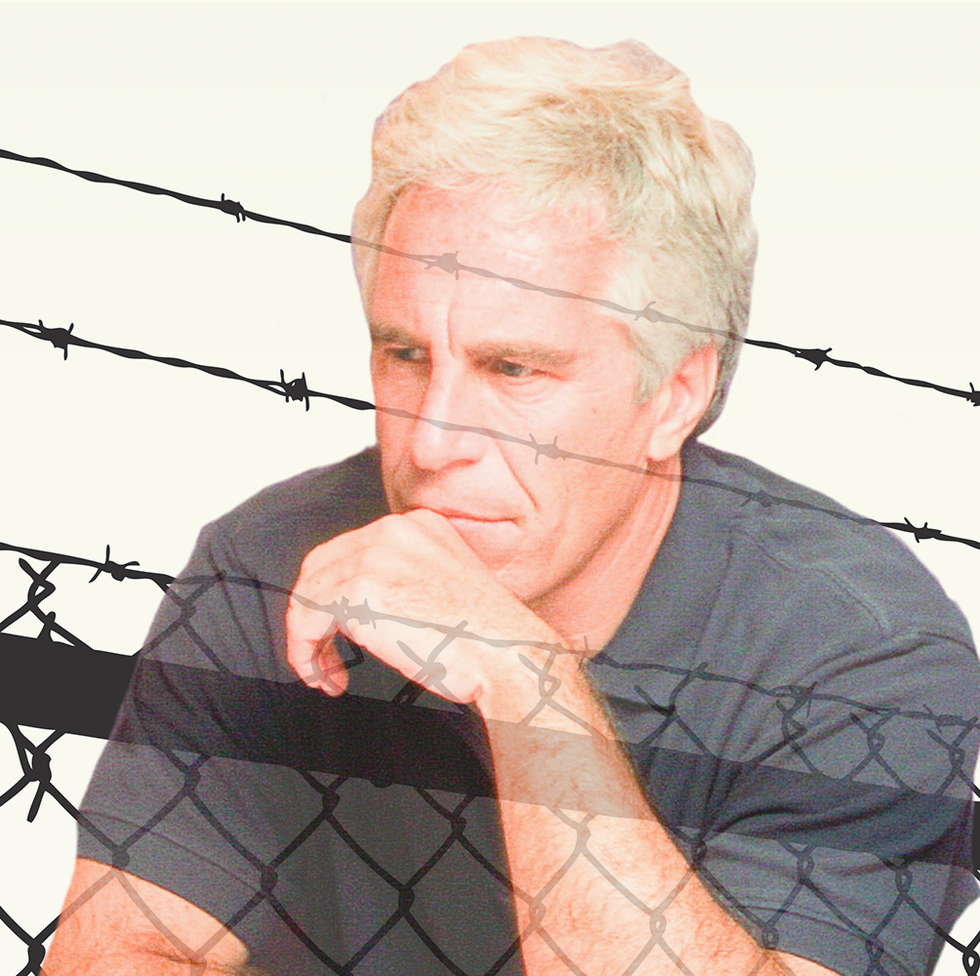In an essay for Esquire, John J. Lennon writes of the suicides behind bars that we never hear about, and why they’re much more common than we think.
EXCERPT
In the wake of Jeffrey Epstein’s death this past weekend, I’ve watched, on the television in my cell at Sing Sing, a parade of talking heads express everything from confusion to anger that such a high-profile person could kill himself while in custody. Such disbelief surprises me. Setting aside the question of whether Epstein did, in fact, commit suicide — I leave that to the authorities and the conspiracy theorists — let’s be clear: High profile or not, if you want to kill yourself while in custody, you can find a way.
Presumably, Epstein was not diagnosed with a serious mental illness; such inmates are the hardest to monitor for self-harm. Like all jails and prisons, at the county, state, and federal levels, Manhattan Correctional Center, where he was held, was not equipped to watch his every move. On July 23, guards reportedly found him unresponsive, with bruises on his neck. They put him on what’s known as suicide watch. There, he would’ve been housed in a special cell, perhaps surrounded by plexiglass windows, devoid of anything he could use to harm himself. He would also be under round-the-clock observation. His activity would’ve been logged. He would’ve undergone daily psychiatric evaluations; those would’ve been logged, too.
Read the full story at Esquire.
